
Owning a home in Newport, RI’s Historic District means more than simply holding a key to a unique property; it’s an investment in the city’s rich cultural and architectural legacy. With its stunning Colonial, Victorian, and Gilded Age structures, Newport’s historic character is both a treasure and a responsibility. For those looking to buy or already residing in this historic district, understanding the associated regulations is crucial for preserving your property’s integrity—and for maintaining peace with local authorities.
The Boundaries of Newport’s Historic District
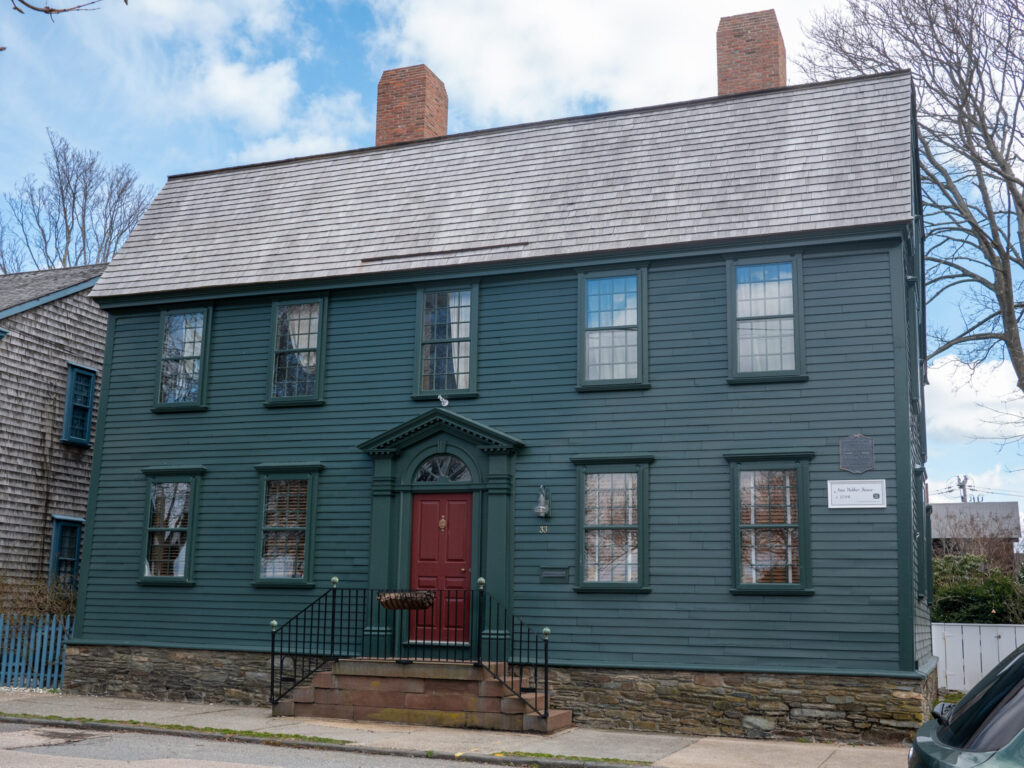
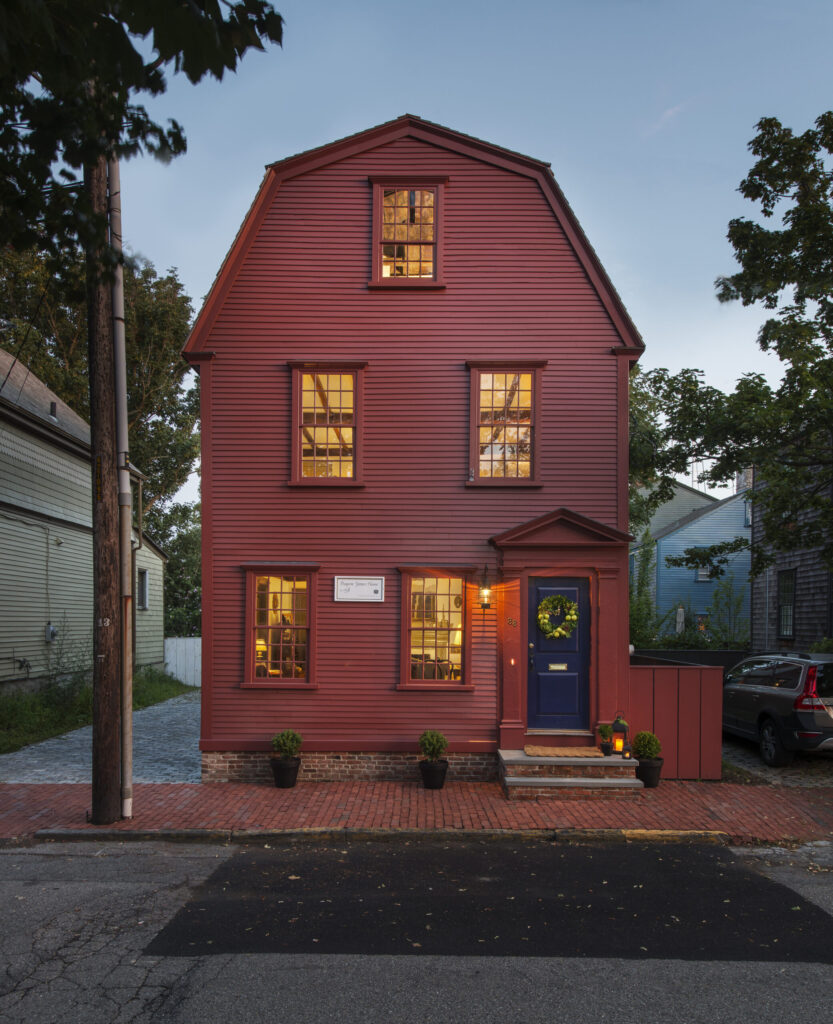
The Newport Historic District covers about 40% of Newport’s area and more than half of the city’s parcels. Properties within these boundaries are subject to the Newport Historic District Commission’s regulations.
To check if your property is within the district, consult the Historic District Map, available at the Department of Planning, Zoning, Development and Inspection at Newport City Hall.
The Role of the Historic District Commission
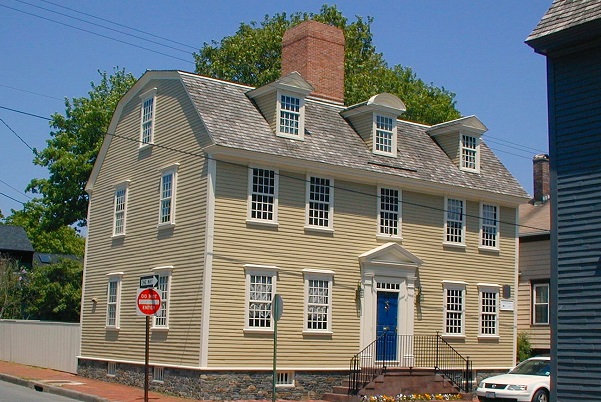
At the heart of Newport’s preservation efforts is the Historic District Commission (HDC). This body oversees any proposed changes to the exteriors of homes within the historic district, ensuring modifications align with the architectural and historical nature of the area. Homeowners must submit detailed plans for approval before starting any exterior work. This process may include public meetings and thorough reviews, but it’s an essential step to maintain the cohesive historic charm Newport is known for.
Exterior Changes Require Approval
A defining characteristic of owning a property in the historic district is that almost any change to your home’s exterior requires prior HDC approval. This regulation applies to elements visible from public streets and spaces. Whether you’re thinking of adding a porch, installing new windows, or updating siding, you’ll need to attain a “Certificate of Appropriateness” from the HDC to ensure your plans are compliant. The goal is to ensure that any change harmonizes with the architectural style of surrounding properties. The only exception to this requirement is for basic maintenance or repairs that don’t change the design, materials, or appearance of the building.
Material and Design Guidelines
Homeowners should know that specific guidelines dictate the materials and designs permissible for exterior alterations. Authenticity is a cornerstone of these rules: any renovation or repair work must use historically accurate materials and construction methods. This means if your home dates back to the 18th century, modern vinyl siding won’t pass muster, but wood or high-quality composite materials that replicate the original appearance may be allowed.
In addition, replacing elements like windows and doors is subject to stringent review. These components must retain the original proportions and profiles of the home. For instance, replacing large, multi-pane windows with a modern, single-pane version is generally not permitted, as it can alter the façade’s historical character.
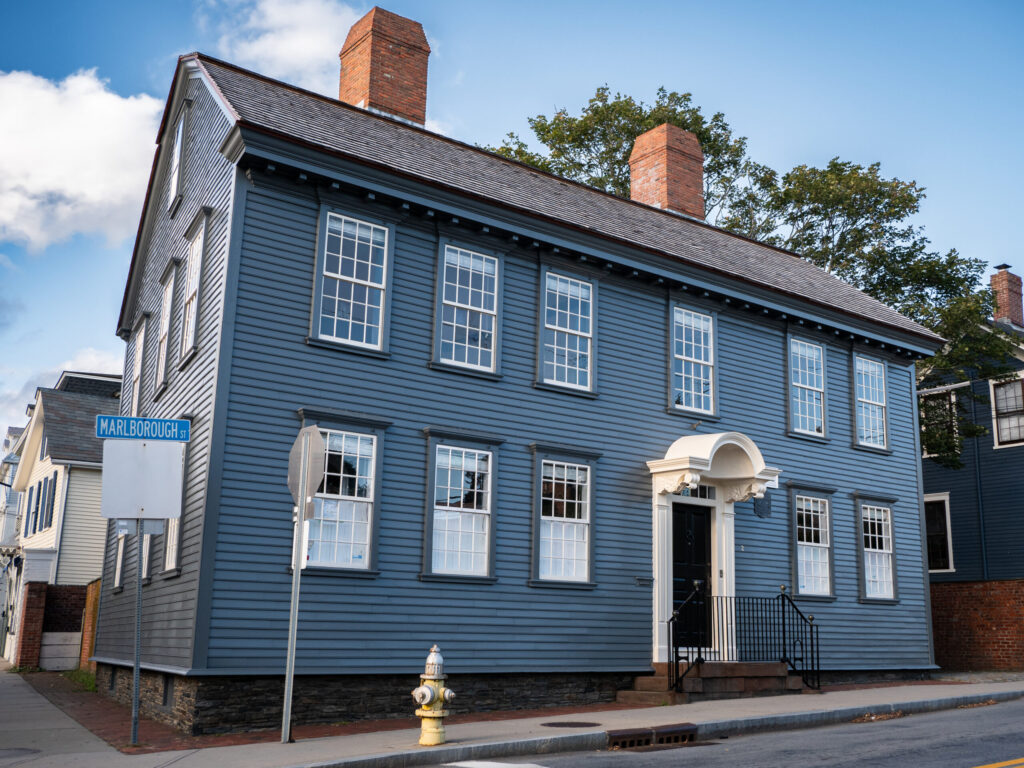
Submitting a Plan to Newport’s HDC for Exterior Modifications
To apply for approval of proposed exterior changes to a home in Newport’s historic district, follow these steps:
- Complete the HDC Application
- Include the required materials, such as:
- Appropriate fees
- A detailed written statement describing the proposal
- Accurate plans and scaled drawings
- Photographs
- Materials/product literature/samples
- Submit one hard copy and a digital version via email
- File the application by the third Tuesday of the month to be on the agenda for the next meeting
- Attend the HDC meeting to answer questions
- Receive a Certificate of Appropriateness (COA) if approved
Visibility Matters
Not all changes to a historic home are under strict regulation, but those visible from the street are highly scrutinized. Newport’s guidelines focus primarily on the parts of your home seen by the public to maintain the district’s historical streetscape. This regulation means you have some leeway when renovating areas not visible from public pathways, although using historically sensitive approaches even in these private areas is encouraged.
Color Schemes and Paint
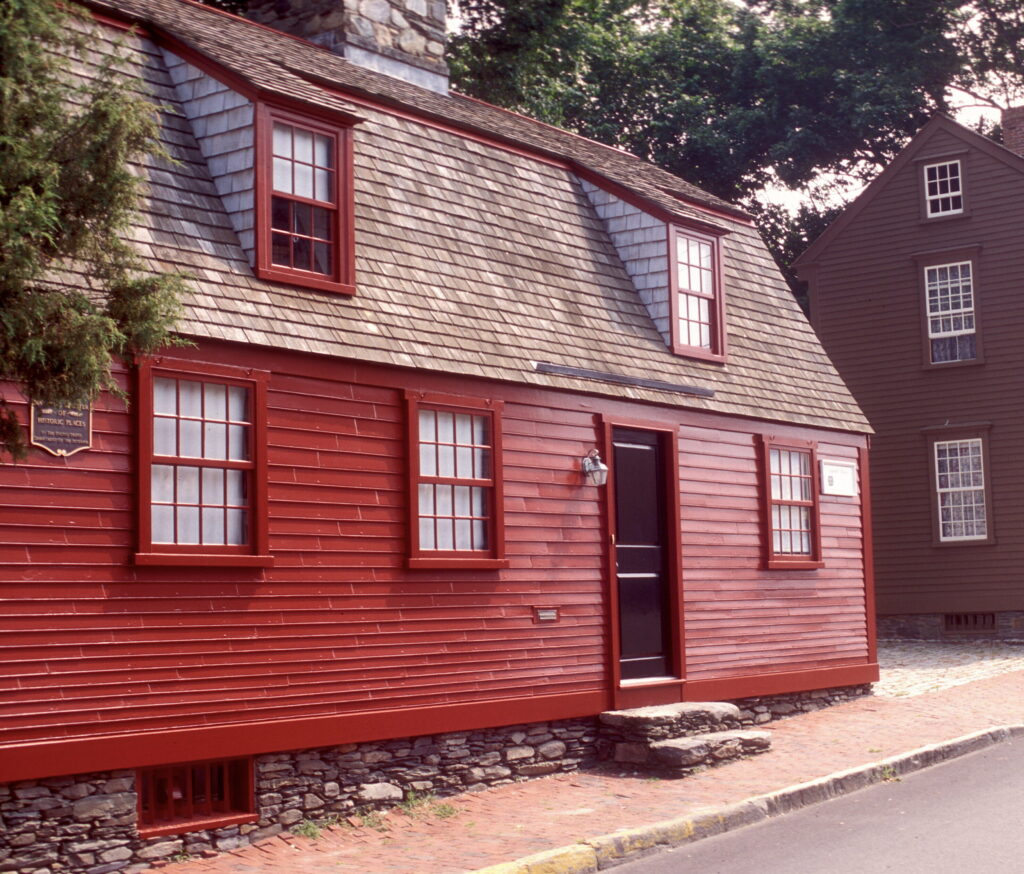
One surprising aspect of owning a home in Newport’s historic district is that even paint colors may come under regulation. While more flexible than materials or structural changes, the chosen color should align with historically accurate palettes for the architectural style of the home. For example, an 1800s colonial home painted in a bright neon hue would be out of place and may not be approved.
The Importance of Maintenance
Regulations in Newport’s historic district emphasize not only changes but also the maintenance of existing structures. Homeowners are expected to perform regular upkeep to prevent decay or damage that could compromise the historical value of the property. This proactive approach ensures the preservation of the architectural details that make Newport unique. Failing to maintain a home could lead to fines or additional scrutiny from the city, so budgeting for routine inspections and necessary repairs is a wise move.
Preservation Incentives and Costs
While the guidelines may sound restrictive, Newport provides certain financial incentives to help offset the higher costs associated with maintaining and restoring historic homes. Tax credits and grants are sometimes available for preservation projects that comply with local, state, and federal guidelines. Understanding and applying for these incentives can ease the financial burden of owning a historic property while also ensuring you meet regulations.
Expert Help is Key
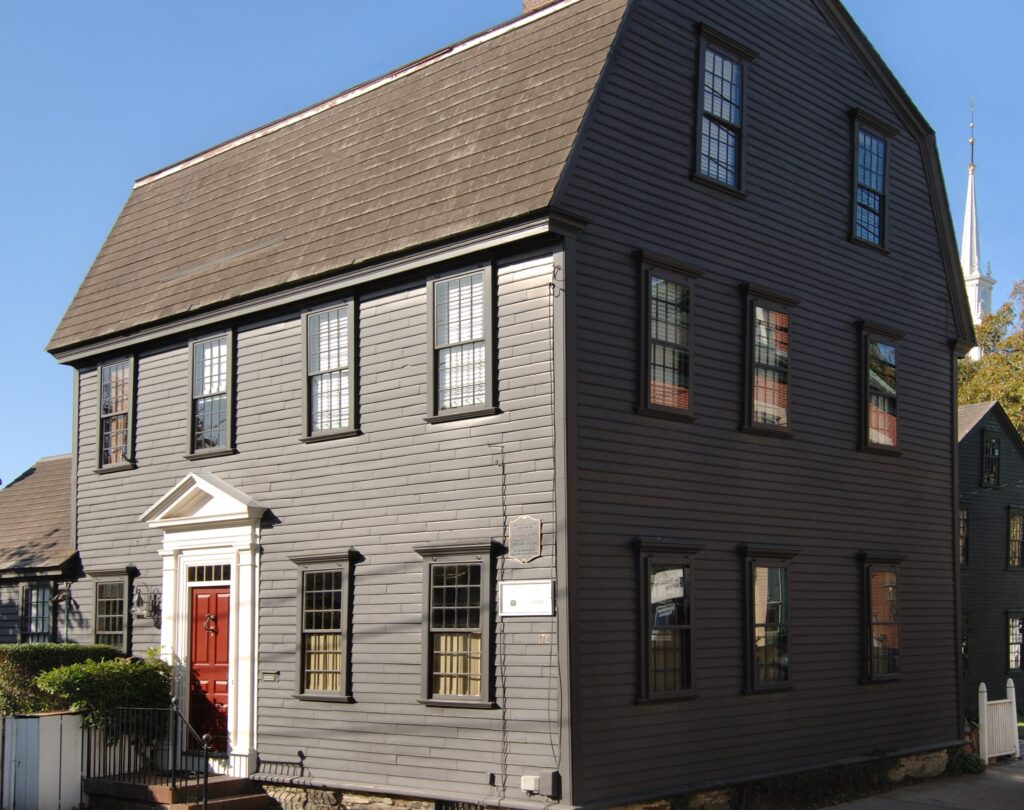
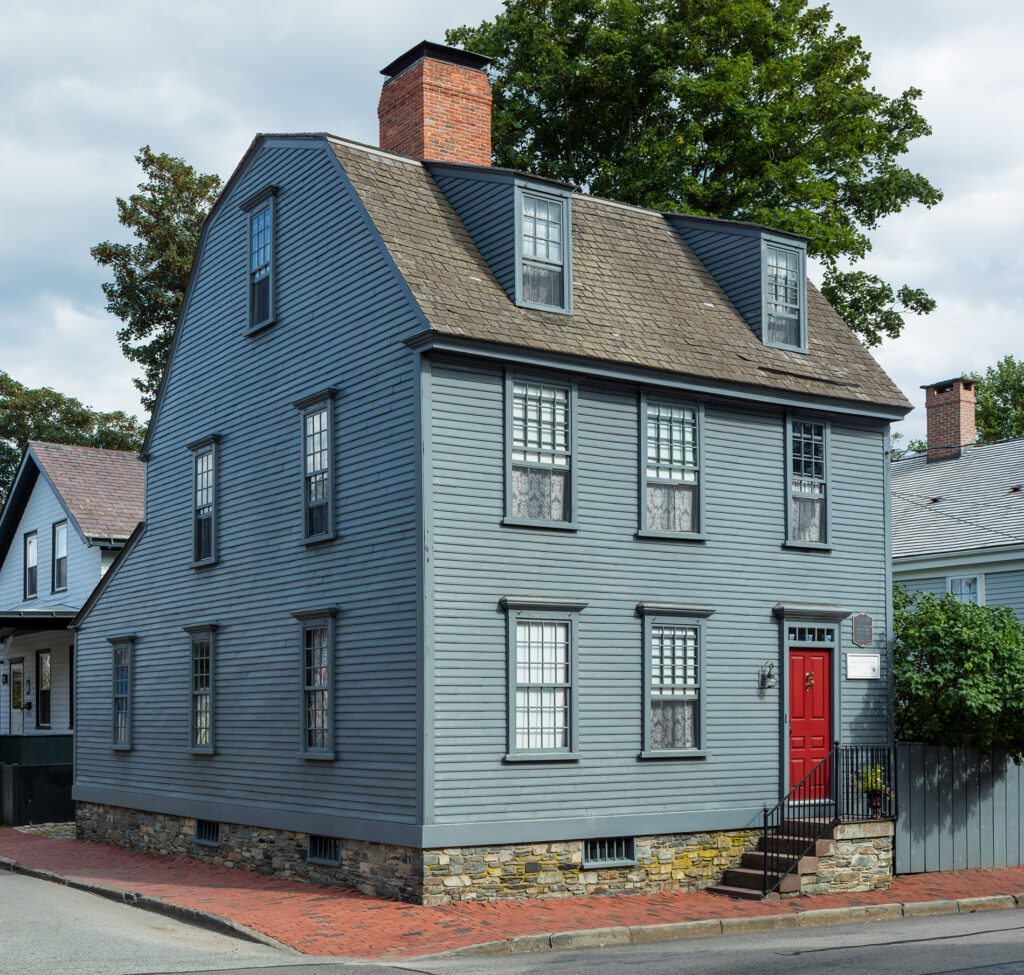
Navigating Newport’s regulations can seem overwhelming, especially for newcomers. Working with preservation architects, contractors experienced in historic restoration, and real estate professionals well-versed in the area’s market can make the process smoother. These experts can help ensure your project aligns with local regulations and that your home continues to contribute to the district’s storied history.
A Commitment to Newport’s Legacy
Owning a home in Newport’s historic district is more than a personal investment; it’s a stewardship of history. Embracing these regulations doesn’t just mean compliance—it’s about contributing to the town’s collective memory and helping to preserve the beauty and character that make Newport an exceptional place to live.
Visit our website to learn about Newport’s Historic Homes For Sale. If you’re curious about owning a home in one of Newport’s historic districts, or have one to sell, call us at (401) 845-9500 or send a message to info@hoganri.com.
Related Blogs

Exploring Newport, Rhode Island’s Historic Districts






